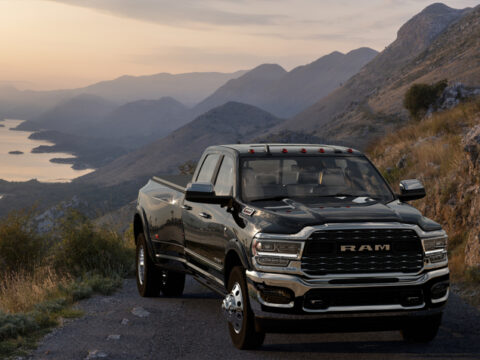The 2020s have brought a wave of innovation and transformation to the auto industry, changing the way we think about cars and mobility. From advancements in electric vehicles to the rise of autonomous driving technology, these game-changing trends are shaping the future of transportation. In this article, we’ll explore 17 key trends that are revolutionizing the automotive landscape and driving the industry forward.
Contents
Electric Vehicles (EVs)
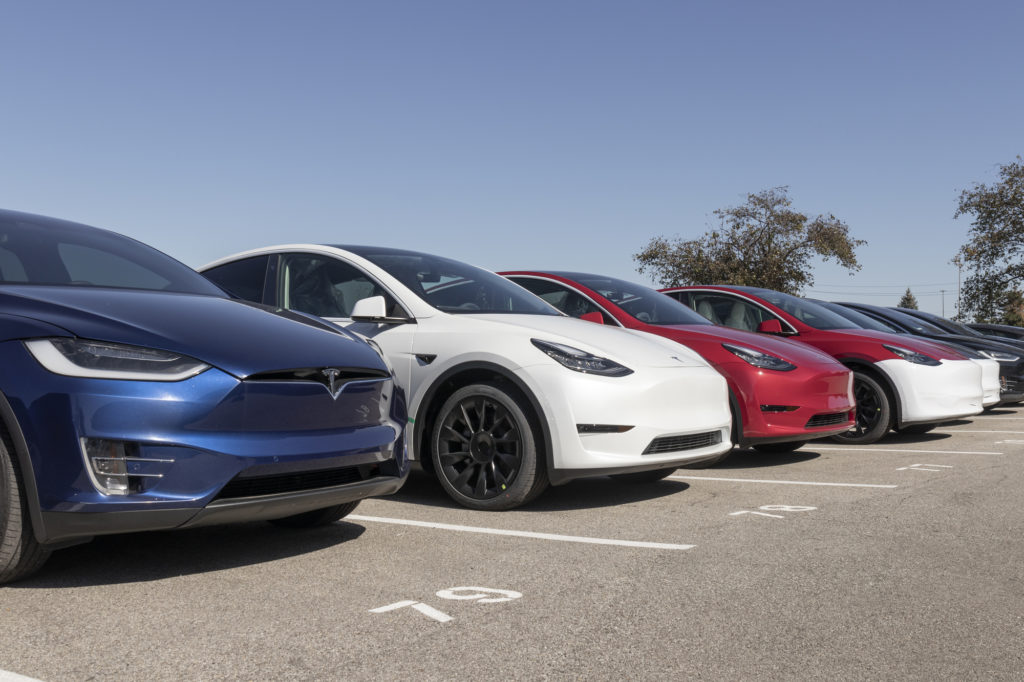
Electric Vehicles (EVs) have become a cornerstone of the automotive industry’s shift towards sustainability. By eliminating tailpipe emissions and reducing dependency on fossil fuels, EVs are crucial for lowering the carbon footprint. Key features include long-range batteries, rapid charging capabilities, and the integration of regenerative braking systems. Leading manufacturers like Tesla, Nissan, and Chevrolet are continuously advancing EV technology to offer more affordable and efficient models.
Autonomous Driving
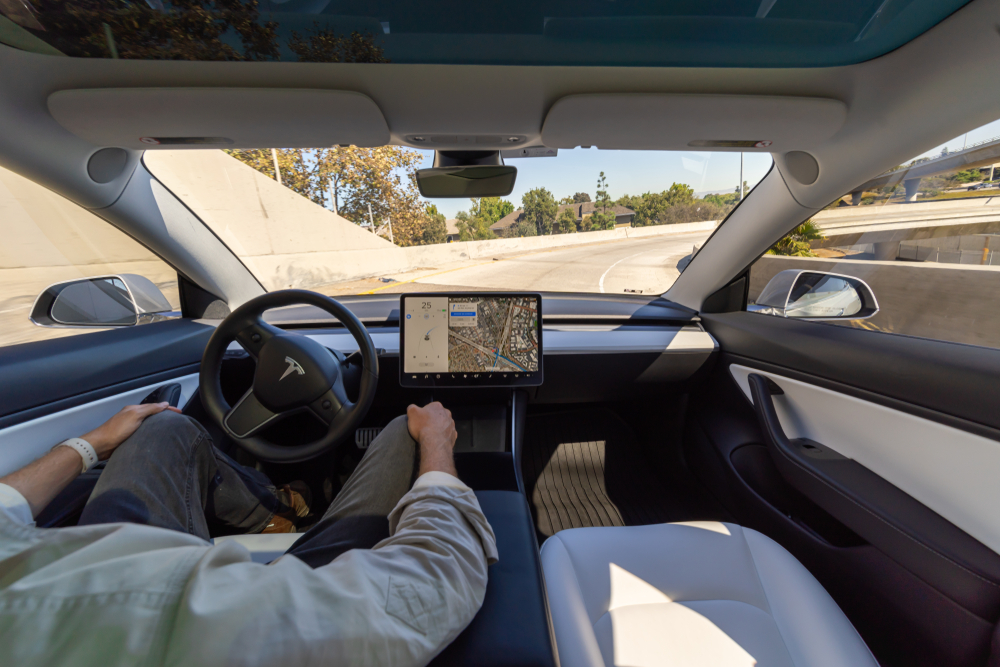
Autonomous driving technology represents a significant leap in vehicle safety and convenience. Self-driving cars use a combination of sensors, cameras, radar, and artificial intelligence to navigate roads with minimal human intervention. This technology promises to reduce traffic accidents, enhance mobility for non-drivers, and optimize traffic flow. Companies like Waymo and Tesla are at the forefront of developing and testing these autonomous systems.
Vehicle-to-Everything (V2X) Communication

Vehicle-to-Everything (V2X) communication enables cars to interact with each other and their surroundings, enhancing road safety and efficiency. V2X includes Vehicle-to-Vehicle (V2V), Vehicle-to-Infrastructure (V2I), and Vehicle-to-Pedestrian (V2P) communication, which helps prevent accidents, manage traffic, and improve the driving experience. This technology is pivotal for the development of smart cities and autonomous driving.
Shared Mobility

Shared mobility encompasses services like car-sharing and ride-hailing, which provide flexible, cost-effective transportation options. Companies like Uber and Lyft offer convenient access to vehicles without the burdens of ownership, reducing the number of cars on the road and promoting sustainable urban mobility. This trend is reshaping urban transportation and reducing traffic congestion and pollution.
Connected Cars

Connected cars are equipped with internet access and a range of digital features that enhance the driving experience. These vehicles can communicate with other devices and services, offering navigation assistance, real-time traffic updates, and remote diagnostics. Connected cars improve safety, convenience, and entertainment, transforming vehicles into smart, integrated mobility solutions.
Advanced Driver Assistance Systems (ADAS)

Advanced Driver Assistance Systems (ADAS) include technologies like lane-keeping assist, adaptive cruise control, automated parking, and collision avoidance. These systems enhance vehicle safety by helping drivers avoid accidents and navigate more efficiently. ADAS features are becoming standard in modern vehicles, significantly reducing the risk of human error on the road.
Sustainable Materials

The auto industry is increasingly adopting sustainable materials to reduce environmental impact. Recycled plastics, natural fibers, and biodegradable materials are being used in vehicle manufacturing. These materials not only lower the carbon footprint but also improve the recyclability of vehicles at the end of their life cycle, contributing to a more sustainable automotive industry.
Over-the-Air (OTA) Updates
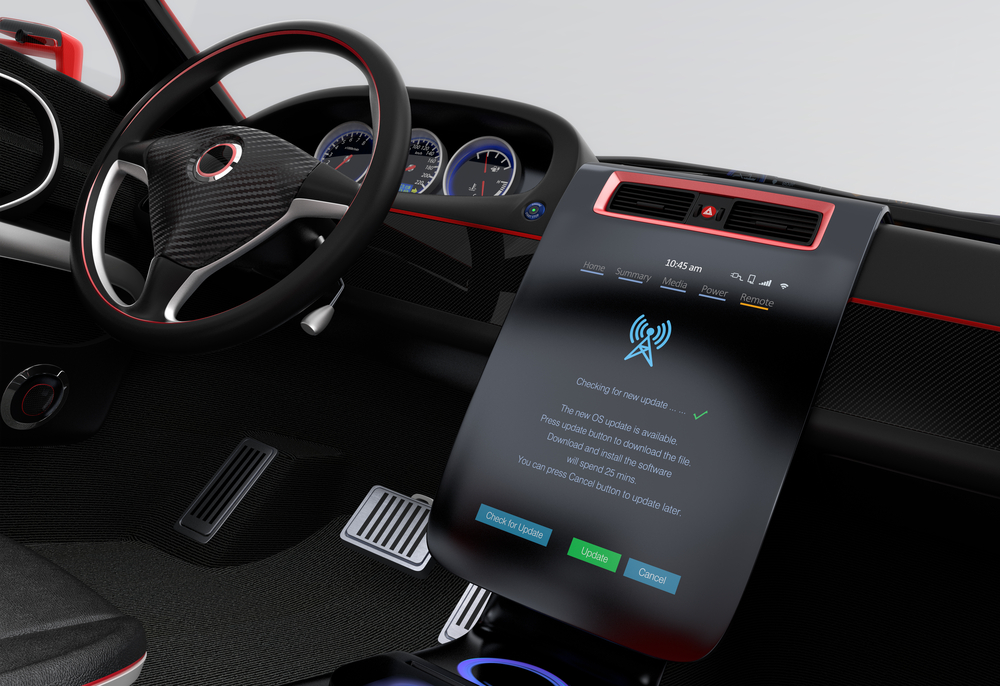
Over-the-Air (OTA) updates allow car manufacturers to deliver software updates wirelessly, keeping vehicles up-to-date with the latest features and improvements. This technology enhances vehicle performance, security, and functionality without requiring a visit to the dealership. OTA updates are essential for maintaining the relevance and efficiency of modern vehicles in a rapidly evolving technological landscape.
3D Printing

3D printing is revolutionizing the manufacturing process in the auto industry by allowing for the rapid and cost-effective production of complex parts. This technology enables customizations, reduces lead times, and minimizes waste. Car manufacturers can now produce lightweight, high-strength components on demand, improving overall vehicle performance and efficiency.
Battery Technology Advancements

Advancements in battery technology are critical for the widespread adoption of electric vehicles. Innovations such as solid-state batteries, faster charging times, and increased energy density are extending the range and reducing the cost of EVs. Companies like Tesla, Panasonic, and LG Chem are leading the charge in developing next-generation batteries that promise to make electric cars more practical and accessible.
Lightweight Materials

The use of lightweight materials such as aluminum, carbon fiber, and high-strength steel in car manufacturing improves fuel efficiency and performance. These materials reduce the overall weight of vehicles, leading to better acceleration, handling, and reduced emissions. Lightweight construction is particularly important for electric vehicles, as it helps to maximize battery range.
Urban Mobility Solutions

Urban mobility solutions, including micro-mobility options like e-scooters and e-bikes, are transforming transportation in cities. These solutions offer convenient, eco-friendly alternatives to traditional car travel, helping to reduce traffic congestion and pollution. Companies like Lime and Bird are leading the way in providing these innovative transportation options.
Hydrogen Fuel Cells

Hydrogen fuel cell technology offers a promising alternative to battery-electric vehicles. Fuel cell vehicles (FCVs) produce electricity through a chemical reaction between hydrogen and oxygen, emitting only water vapor. Companies like Toyota and Hyundai are investing in this technology, which provides a longer range and faster refueling times compared to battery-powered EVs.
Vehicle Electrification
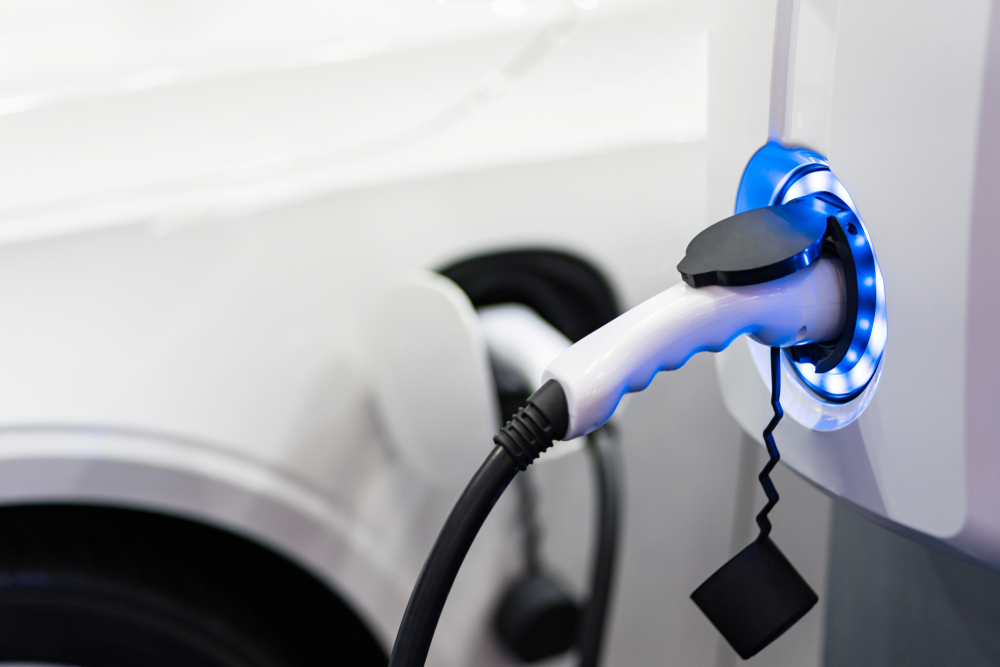
Beyond passenger cars, the electrification of commercial and public transport vehicles, including buses and trucks, is gaining momentum. Electric buses and trucks reduce emissions in urban areas and lower operating costs. Companies like Daimler, Volvo, and BYD are developing electric commercial vehicles to support cleaner, more sustainable transportation networks.
Artificial Intelligence (AI)
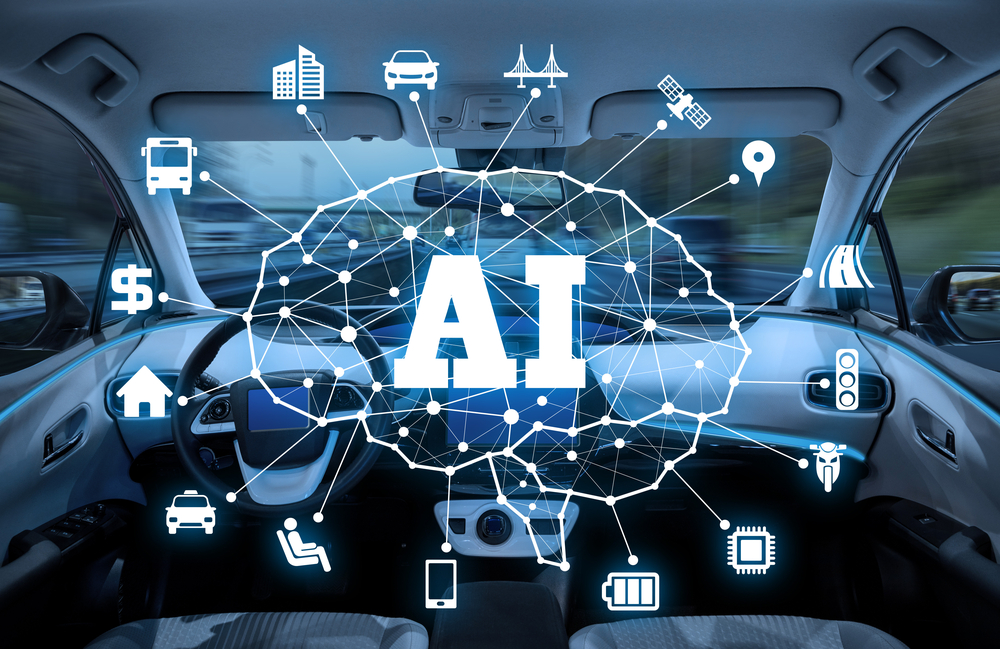
Artificial Intelligence (AI) is being integrated into vehicles to enhance driving experiences and safety. AI systems enable predictive maintenance, personalized user interfaces, and more accurate navigation. AI also powers autonomous driving features, making cars smarter and more responsive to changing road conditions.
Augmented Reality (AR) Displays
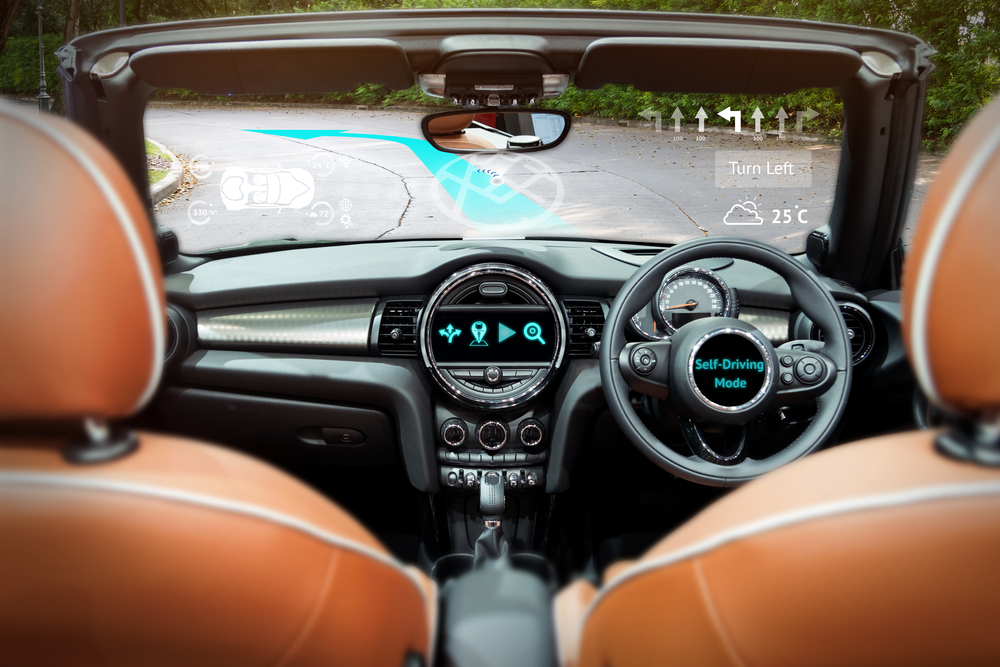
Augmented Reality (AR) displays provide real-time information directly on the windshield or dashboard, enhancing driver awareness and safety. These displays can show navigation directions, highlight potential hazards, and offer contextual information without distracting the driver. AR technology is set to become a standard feature in modern vehicles, improving the overall driving experience.
Renewable Energy Integration
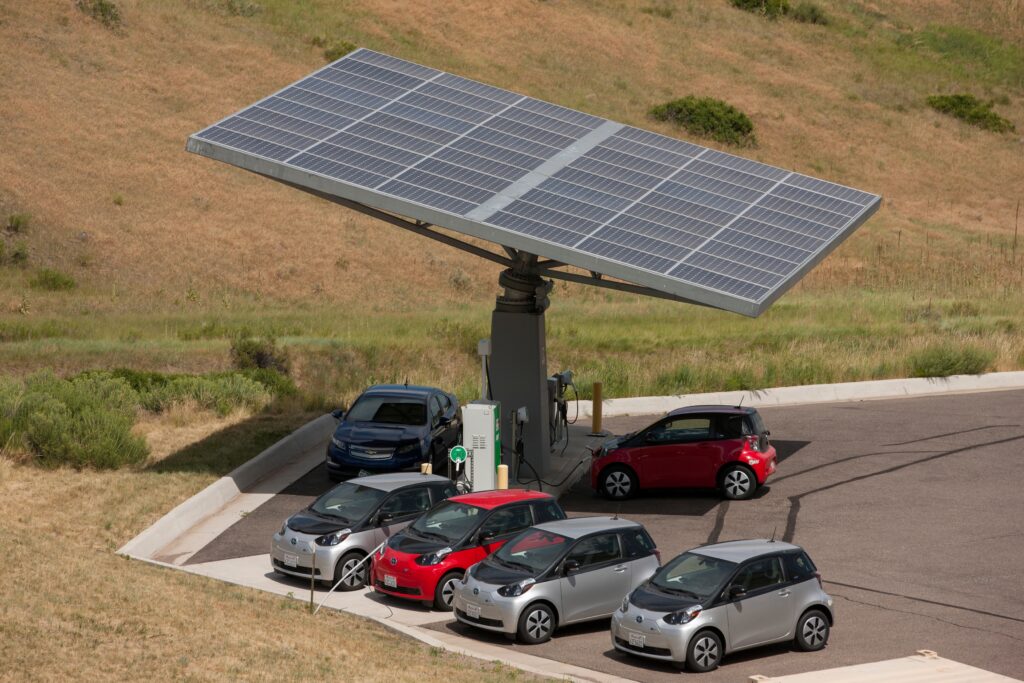
Integrating renewable energy sources, such as solar panels, into vehicles and charging infrastructure supports the sustainability of the auto industry. Solar-powered cars and charging stations reduce reliance on the grid and decrease carbon emissions. This integration is crucial for creating a greener transportation ecosystem.
This article originally appeared in MyCarMakesNoise.
More from MyCarMakesNoise
20 Used Cars to Avoid Buying

Buying a used car can be a smart and cost-effective decision, but it’s important to choose wisely to avoid potential headaches down the road. While many used cars offer great value and reliability, some models are notorious for their frequent mechanical issues and high maintenance costs. Read More.
23 Things You Should Never Keep in Your Garage

Storing items in the garage is a common practice for many homeowners, but not everything belongs in this often unpredictable environment. Temperature fluctuations, moisture, and pests can damage certain belongings or even pose safety hazards. Read More.
21 Cars That Will Keep Running Past 250,000 Miles

Choosing a car that offers both reliability and longevity is crucial for many drivers. They seek vehicles that not only fulfill daily requirements but also have the ability to surpass significant mileage milestones with minimal complications. Read More.



